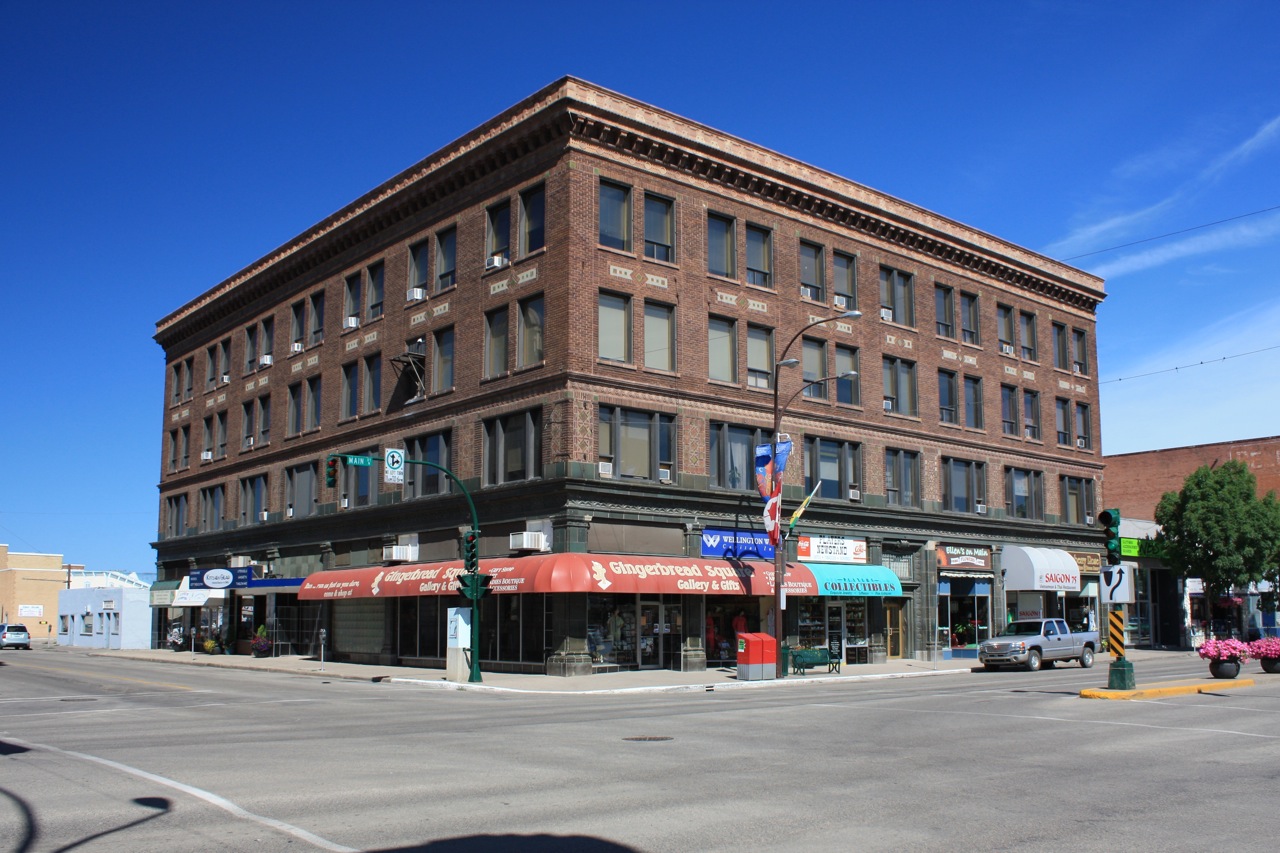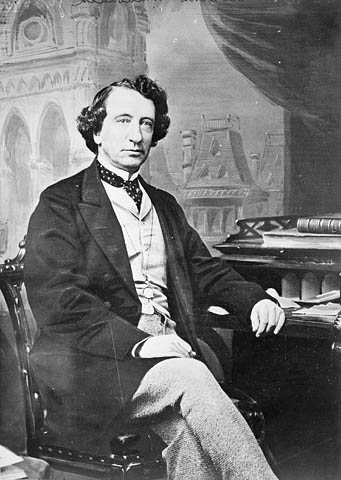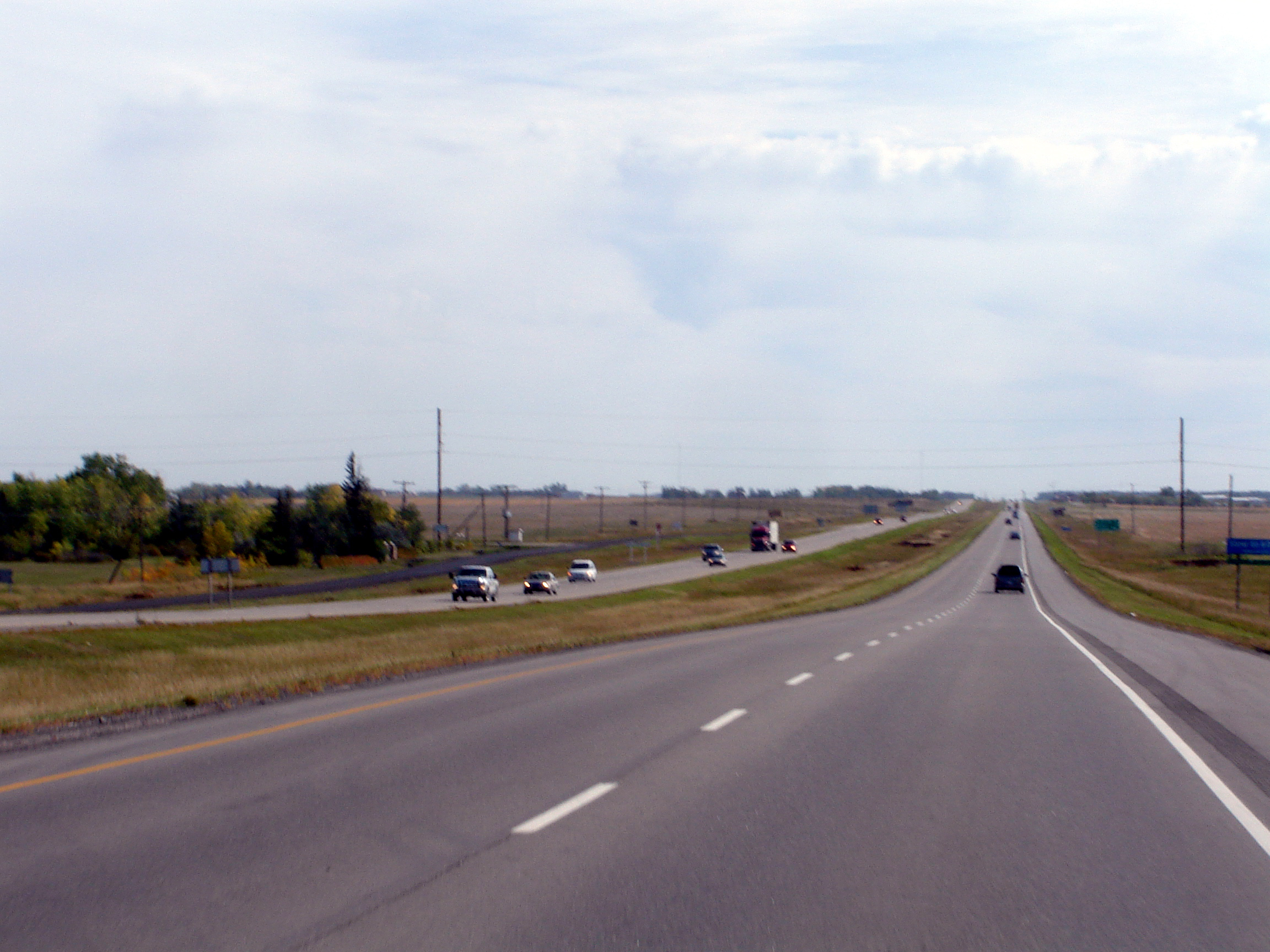|
Parkbeg, Saskatchewan
Parkbeg is a hamlet in Wheatlands Rural Municipality No. 163, Saskatchewan, Canada. The hamlet is located at the junction of Highway 1 and Highway 627 approximately 58 km directly west of the City of Moose Jaw on the Trans Canada Highway. Demographics Parkbeg, like so many other small communities throughout Saskatchewan, has struggled to maintain a sturdy population causing it to become a semi ghost town with only a few citizens. Prior to December 31, 1957, Parkbeg was incorporated under village status, but was restructured to hamlet status under the jurisdiction of the Rural municipality of Wheatlands on that date. Climate Services Parkbeg has a café that also serves as a post office. There was also a grain elevator owned by Paterson Grain which was serviced by the Canadian Pacific Railway but which has now been demolished. Gainer the Gopher Gainer the Gopher is the mascot of the Saskatchewan Roughriders, a Canadian Football League team. He is from Parkbeg ... [...More Info...] [...Related Items...] OR: [Wikipedia] [Google] [Baidu] |
Hamlet (place)
A hamlet is a human settlement that is smaller than a town or village. Its size relative to a parish can depend on the administration and region. A hamlet may be considered to be a smaller settlement or subdivision or satellite entity to a larger settlement. The word and concept of a hamlet has roots in the Anglo-Norman settlement of England, where the old French ' came to apply to small human settlements. Etymology The word comes from Anglo-Norman ', corresponding to Old French ', the diminutive of Old French ' meaning a little village. This, in turn, is a diminutive of Old French ', possibly borrowed from ( West Germanic) Franconian languages. Compare with modern French ', Dutch ', Frisian ', German ', Old English ' and Modern English ''home''. By country Afghanistan In Afghanistan, the counterpart of the hamlet is the qala ( Dari: قلعه, Pashto: کلي) meaning "fort" or "hamlet". The Afghan ''qala'' is a fortified group of houses, generally with its ... [...More Info...] [...Related Items...] OR: [Wikipedia] [Google] [Baidu] |
Cypress Hills (electoral District)
Cypress Hills is a provincial electoral district for the Legislative Assembly of Saskatchewan, Canada. Located in the extreme southwest corner of the province, this constituency was formed by the ''Representation Act, 1994'' (Saskatchewan) through combining the districts of Shaunavon, Maple Creek, and portions of Swift Current. The district has an economy based on agriculture, cattle ranching and major oil and gas production. The constituency also contains the Great Sand Hills in its northern areas and Cypress Hills Interprovincial Park. A near-complete ''Tyrannosaurus rex'' skeleton – one of only 12 in the world – was found near the town of Eastend. The largest communities include Maple Creek and Shaunavon with populations of 2,270 and 1,775 respectively. Smaller centers in the district include the towns of Gull Lake, Leader, Cabri, Eastend and Burstall; and the villages of Frontier, Fox Valley, Tompkins, Alsask, Abbey, Webb and Consul. An electoral district in the ... [...More Info...] [...Related Items...] OR: [Wikipedia] [Google] [Baidu] |
Municipal Corporation
A municipal corporation is the legal term for a local governing body, including (but not necessarily limited to) cities, counties, towns, townships, charter townships, villages, and boroughs. The term can also be used to describe municipally owned corporations. Municipal corporation as local self-government Municipal incorporation occurs when such municipalities become self-governing entities under the laws of the state or province in which they are located. Often, this event is marked by the award or declaration of a municipal charter. A city charter or town charter or municipal charter is a legal document establishing a municipality, such as a city or town. Canada In Canada, charters are granted by provincial authorities. India The Corporation of Chennai is the oldest Municipal Corporation in the world outside the United Kingdom. Ireland The title "corporation" was used in boroughs from soon after the Norman conquest until the Local Government Act 2001. Under t ... [...More Info...] [...Related Items...] OR: [Wikipedia] [Google] [Baidu] |
Ghost Town
Ghost Town(s) or Ghosttown may refer to: * Ghost town, a town that has been abandoned Film and television * ''Ghost Town'' (1936 film), an American Western film by Harry L. Fraser * ''Ghost Town'' (1956 film), an American Western film by Allen H. Miner * ''Ghost Town'' (1988 film), an American horror film by Richard McCarthy (as Richard Governor) * ''Ghost Town'' (2008 film), an American fantasy comedy film by David Koepp * ''Ghost Town'', a 2008 TV film featuring Billy Drago * '' Derek Acorah's Ghost Towns'', a 2005–2006 British paranormal reality television series * "Ghost Town" (''CSI: Crime Scene Investigation''), a 2009 TV episode Literature * ''Ghost Town'' (''Lucky Luke'') or ''La Ville fantôme'', a 1965 ''Lucky Luke'' comic *''Ghost Town'', a Beacon Street Girls novel by Annie Bryant *''Ghost Town'', a 1998 novel by Robert Coover *''Ghosttown'', a 2007 novel by Douglas Anne Munson Music * Ghost Town (band), an American electronic band * ''Ghost Town'', a 19 ... [...More Info...] [...Related Items...] OR: [Wikipedia] [Google] [Baidu] |
List Of Communities In Saskatchewan
Communities in the Province of Saskatchewan, Canada include incorporated municipalities, unincorporated communities and First Nations communities. Types of incorporated municipalities include urban municipalities, rural municipalities and northern municipalities. Urban municipalities are further classified into four sub-types – cities, towns, villages and resort villages. Northern municipalities, which are located in the Northern Saskatchewan Administration District (NSAD), are further classified into three sub-types – northern towns, northern villages and northern hamlets. Rural municipalities are not classified into sub-types. Types of unincorporated communities include hamlets and organized hamlets within rural municipalities and northern settlements within the NSAD. The administration of rural municipalities, towns, villages, resort villages, organized hamlets and hamlets is regulated by ''The Municipalities Act'', while the administration of cities is regulated by ... [...More Info...] [...Related Items...] OR: [Wikipedia] [Google] [Baidu] |
Trans Canada Highway
The Trans-Canada Highway (French: ; abbreviated as the TCH or T-Can) is a transcontinental federal–provincial highway system that travels through all ten provinces of Canada, from the Pacific Ocean on the west coast to the Atlantic Ocean on the east coast. The main route spans across the country, one of the longest routes of its type in the world. The highway system is recognizable by its distinctive white-on-green maple leaf route markers, although there are small variations in the markers in some provinces. While by definition the Trans-Canada Highway is a highway ''system'' that has several parallel routes throughout most of the country, the term "Trans-Canada Highway" often refers to the main route that consists of Highway 1 (British Columbia, Alberta, Saskatchewan, and Manitoba), Highways 17 and 417 (Ontario), Autoroutes 40, 20 and 85 (Quebec), Highway 2 (New Brunswick), Highways 104 and 105 (Nova Scotia) and Highway 1 (Newfoundland). This mai ... [...More Info...] [...Related Items...] OR: [Wikipedia] [Google] [Baidu] |
Moose Jaw, Saskatchewan
Moose Jaw is the fourth largest city in Saskatchewan, Canada. Lying on the Moose Jaw River in the south-central part of the province, it is situated on the Trans-Canada Highway, west of Regina. Residents of Moose Jaw are known as Moose Javians. The city is surrounded by the Rural Municipality of Moose Jaw No. 161. Moose Jaw is an industrial centre and important railway junction for the area's agricultural produce. CFB Moose Jaw is a NATO flight training school, and is home to the Snowbirds, Canada's military aerobatic air show flight demonstration team. Moose Jaw also has a casino and geothermal spa. History Cree and Assiniboine people used the Moose Jaw area as a winter encampment. The Missouri Coteau sheltered the valley and gave it warm breezes. The narrow river crossing and abundance of water and game made it a good location for settlement. Traditional native fur traders and Métis buffalo hunters created the first permanent settlement at a place called "the turn", at pr ... [...More Info...] [...Related Items...] OR: [Wikipedia] [Google] [Baidu] |
Canadian Pacific Railway
The Canadian Pacific Railway (french: Chemin de fer Canadien Pacifique) , also known simply as CPR or Canadian Pacific and formerly as CP Rail (1968–1996), is a Canadian Class I railway incorporated in 1881. The railway is owned by Canadian Pacific Railway Limited, which began operations as legal owner in a corporate restructuring in 2001. Headquartered in Calgary, Alberta, the railway owns approximately of track in seven provinces of Canada and into the United States, stretching from Montreal to Vancouver, and as far north as Edmonton. Its rail network also serves Minneapolis–St. Paul, Milwaukee, Detroit, Chicago, and Albany, New York, in the United States. The railway was first built between eastern Canada and British Columbia between 1881 and 1885 (connecting with Ottawa Valley and Georgian Bay area lines built earlier), fulfilling a commitment extended to British Columbia when it entered Confederation in 1871; the CPR was Canada's first transcontinental railw ... [...More Info...] [...Related Items...] OR: [Wikipedia] [Google] [Baidu] |
Saskatchewan Highway 627
Saskatchewan ( ; ) is a province in western Canada, bordered on the west by Alberta, on the north by the Northwest Territories, on the east by Manitoba, to the northeast by Nunavut, and on the south by the U.S. states of Montana and North Dakota. Saskatchewan and Alberta are the only landlocked provinces of Canada. In 2022, Saskatchewan's population was estimated at 1,205,119. Nearly 10% of Saskatchewan’s total area of is fresh water, mostly rivers, reservoirs and lakes. Residents primarily live in the southern prairie half of the province, while the northern half is mostly forested and sparsely populated. Roughly half live in the province's largest city Saskatoon or the provincial capital Regina. Other notable cities include Prince Albert, Moose Jaw, Yorkton, Swift Current, North Battleford, Melfort, and the border city Lloydminster. English is the primary language of the province, with 82.4% of Saskatchewanians speaking English as their first language. Saskatchewan h ... [...More Info...] [...Related Items...] OR: [Wikipedia] [Google] [Baidu] |
Saskatchewan Highway 1
Highway 1 is the Saskatchewan section of the Trans-Canada Highway mainland route. The total distance of the Trans-Canada Highway in Saskatchewan is . The highway traverses Saskatchewan from the western border with Alberta, from Highway 1, to the Manitoba border where it continues as PTH 1. The Trans-Canada Highway Act was passed on December 10, 1949. The Saskatchewan segment was completed August 21, 1957, and completely twinned on November 6, 2008. The speed limit along the majority of the route is 110 kilometres per hour (70 mph) with urban area thoroughfares slowing to a speed of 80–100 kilometres per hour (50–62 mph). Portions of the highway—the section through Swift Current, an section east of Moose Jaw, and a section between the West Regina Bypass and Balgonie—are controlled-access. Highway 1 serves as a major east-west transport route for commercial traffic. It is the main link between southern Saskatchewan's largest cit ... [...More Info...] [...Related Items...] OR: [Wikipedia] [Google] [Baidu] |
List Of Saskatchewan Provincial Highways
This is a list of Saskatchewan's highways: Only Highways 1, 2, 5, 6, 7, 11, 12, 16, and 39 contain sections of divided highway. Speed limits range from 90 km/h (55 mph) to 110 km/h (70 mph). Saskatchewan is the only province bordering the United States with no direct connection to the Interstate Highway System. Named routes * Can Am Highway * Circle Drive *Hanson Lake Road * Little Swan Road * Louis Riel Trail * McBride Lake Road * Northern Woods and Water Route * Ring Road * Red Coat Trail * Regina Bypass *Saskatoon Freeway * Saskota Travel Route * Trans-Canada Highway *Veterans Memorial Highway * Yellowhead Highway Primary (1–99) These are primary highways maintained by the provincial government. Almost all of these highways are paved for most of their length. Highways 1, 11, and 16 are the most important highways and are divided highways for much of their lengths, with some sections at expressway or freeway standards. ... [...More Info...] [...Related Items...] OR: [Wikipedia] [Google] [Baidu] |
Central Standard Time
The North American Central Time Zone (CT) is a time zone in parts of Canada, the United States, Mexico, Central America, some Caribbean Islands, and part of the Eastern Pacific Ocean. Central Standard Time (CST) is six hours behind Coordinated Universal Time (UTC). During summer, most of the zone uses daylight saving time (DST), and changes to Central Daylight Time (CDT) which is five hours behind UTC. The largest city in the Central Time Zone is Mexico City; the Mexico City metropolitan area is the largest metropolitan area in the zone and in North America. Regions using (North American) Central Time Canada The province of Manitoba is the only province or territory in Canada that observes Central Time in all areas. The following Canadian provinces and territories observe Central Time in the areas noted, while their other areas observe Eastern Time: * Nunavut (territory): western areas (most of Kivalliq Region and part of Qikiqtaaluk Region) * Ontario (province ... [...More Info...] [...Related Items...] OR: [Wikipedia] [Google] [Baidu] |






